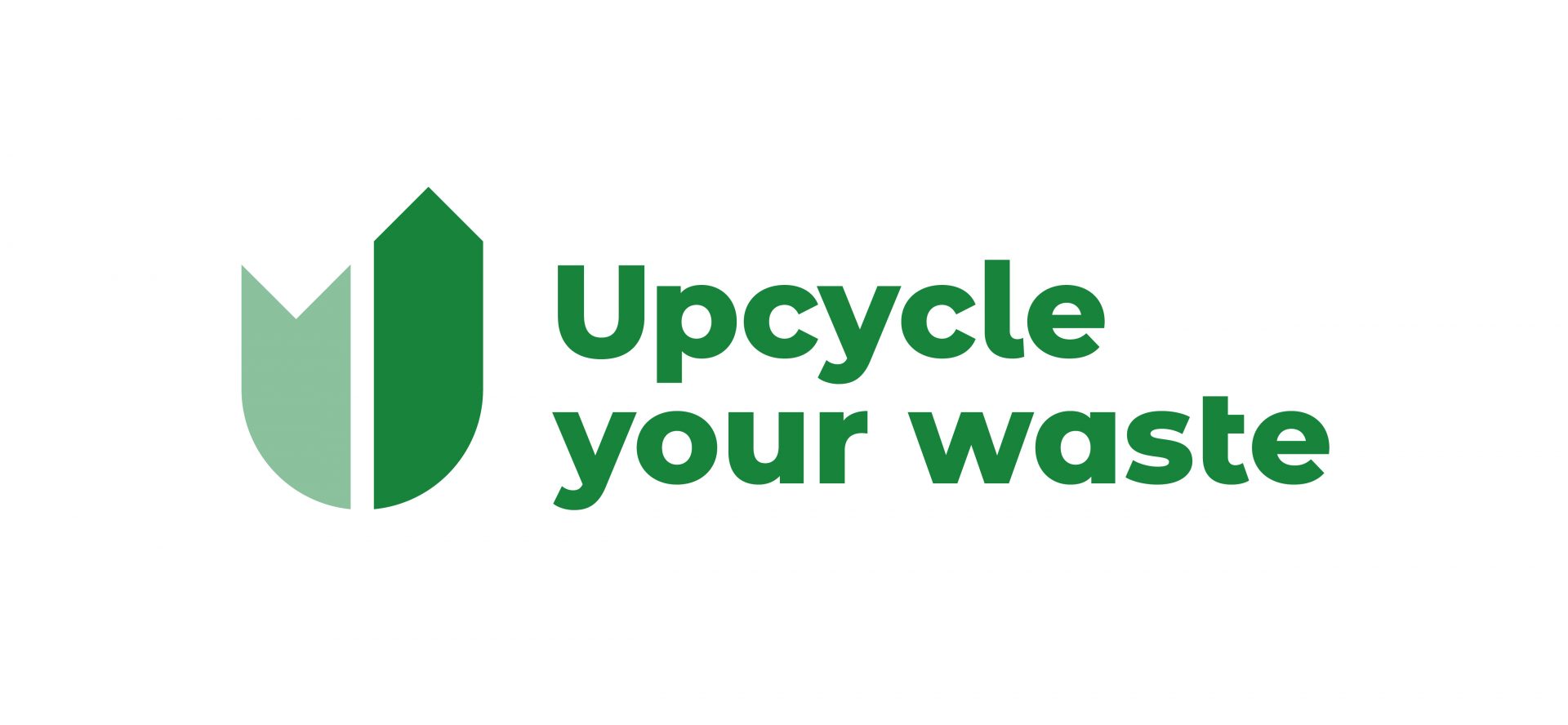Report Waste scans at SMEs at ZKD in The Hague

Outcomes
A total of 81 companies in The Hague took part in the waste scan of the Upcycle your Waste project, mainly on the ZKD business park. In total they recorded 7,507 tons of waste per year. By weight, the most frequently mentioned types of waste and waste (products) are class B wood (3,607 tons/yr), residual waste (1,686 tons/yr) and paper/cardboard (1,105 tons/yr).
The other materials represent 14% of the total weight. These waste materials have been named more specifically, making it easier to determine whether recycling/upcycling is possible. These flows are therefore recognized but often not processed separately.
In addition, entrepreneurs indicate that there are various materials and waste products that can still be separated from residual waste and from the already separated waste streams. This is confirmed by the interviewers who noted that although specific waste streams are identified in the scan, they are nevertheless not specified in the scans, even though they were found to be present. The identified potential of waste separation is therefore probably higher than can be deduced from the figures.
It is expected that at least 10 – 20% of the waste flows that now end up in the residual waste bin are recyclable and can be processed as recycled waste. This concerns, for example, wood, paper and cardboard, plastics, organic material and swill. In addition, waste products, such as boxes, crates, pallets and the like can also be removed from the residual waste and past waste and sold or traded. The total improvement efficiency is estimated at 15 to 25%.
Many entrepreneurs do not know their waste costs or have not provided them. Moreover, it was noticed that the entrepreneurs do not know what the filling level of their waste bins is when they are emptied. By analyzing the filling degree of the bins and adjusting the collection frequency accordingly, considerable cost savings can be made.
The difference between the stated highest and lowest price for processing some waste flows is large, which means that significant savings can be achieved for some companies. In addition, money can be saved by separating more and better waste streams. Finally, money can be made by selling wasted products that can be reused or sold.
Opportunities
There are therefore many opportunities for entrepreneurs to deal more efficiently and cost-effectively with their raw materials and waste. Not only can this lead to a significant improvement in the utilization of raw materials and an increase in the recycling and upcycling percentage, but also leads to significant cost savings or even revenues if waste products can be sold as second-hand products. In short, there is a world to win for entrepreneurs.
Support
The UyW project has built up specific knowledge about waste management and has developed tools to meet the needs of SMEs. By using the waste management guide and training module, waste separation can be greatly improved and reuse and upcycling of waste streams and products can be increased. Within the project, this help can be offered in a very concrete and targeted manner.
Read the full report on Waste scans at SMEs at ZKD in The Hague

